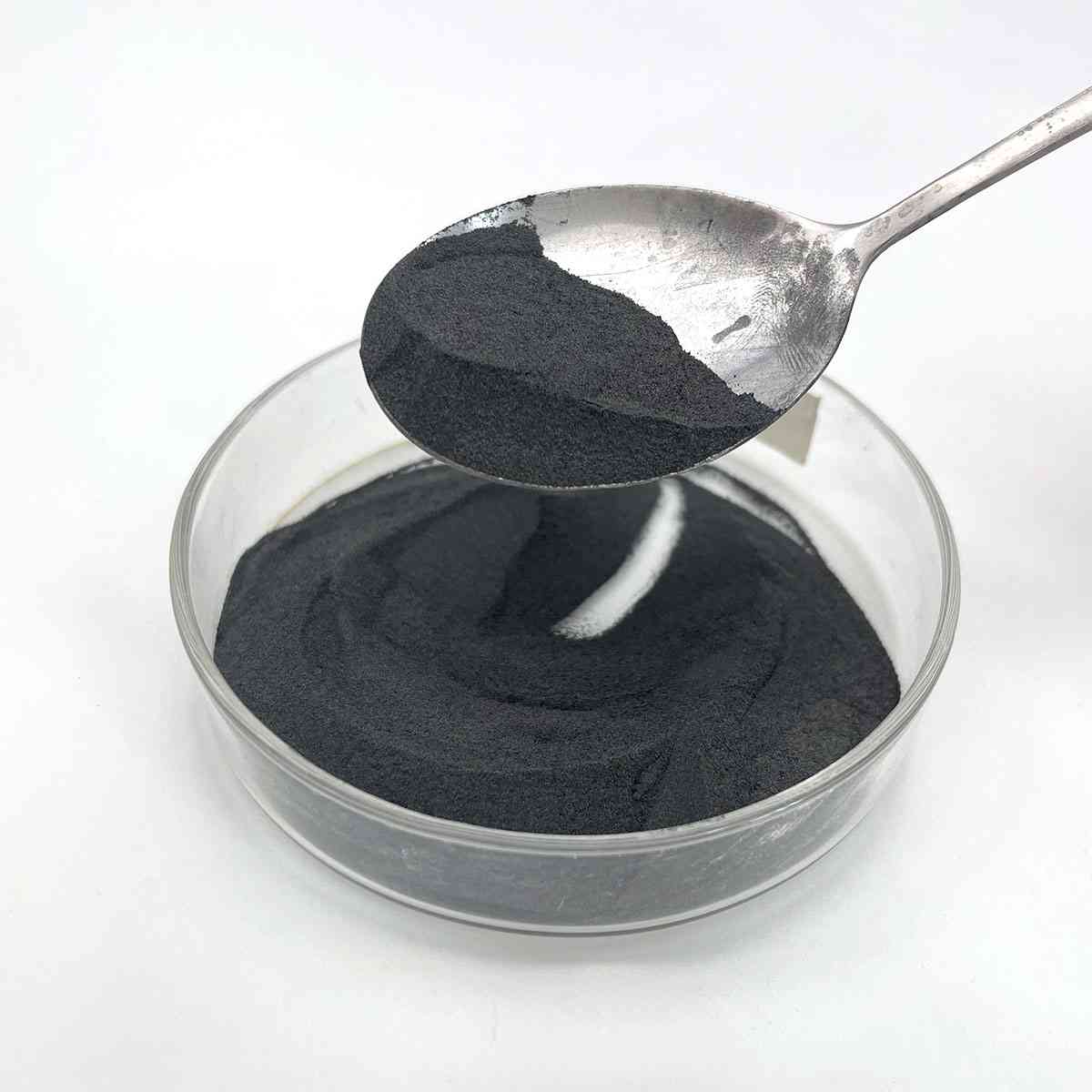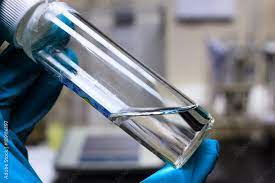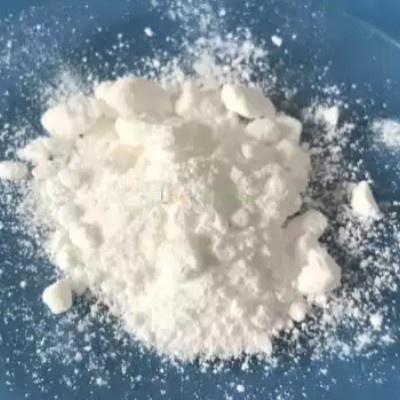Overview of Pesticide Emulsifier; Mixed Pesticide Emulsifiers; Nonionic/Anionic Surfactants
Nonionic surfactants are a class of surface-active agents that do not carry an electrical charge in aqueous solutions, distinguishing them from ionic surfactants like cationics and anionics. They are composed of a hydrophilic (water-loving) head group and a hydrophobic (oil-loving) tail, which allows them to reduce surface tension between fluids and facilitate interactions between substances that are normally immiscible. Their neutrality makes them stable over a wide pH range and compatible with other types of surfactants, making them highly versatile in numerous applications.
Features of Pesticide Emulsifier; Mixed Pesticide Emulsifiers; Nonionic/Anionic Surfactants
-
Neutral Charge: Lack of charge leads to compatibility with both anionic and cationic substances, reducing the risk of precipitation or instability in formulations.
-
Wide pH Stability: Function effectively across a broad pH range, making them suitable for diverse chemical environments.
-
Solubility: Readily soluble in both water and organic solvents, enhancing their utility in cleaning, emulsification, and dispersion processes.
-
Low Foam Profile: Many nonionic surfactants generate less foam compared to their ionic counterparts, beneficial in applications where excessive foam is undesirable.
-
Wetting and Spreading: Excellent at reducing surface tension, promoting wetting and spreading of liquids on surfaces, improving cleaning and coating processes.
-
Emulsification: Efficiently stabilize oil-in-water or water-in-oil emulsions, depending on their structure, which is crucial in formulations like cosmetics, agrochemicals, and food products.

(Pesticide Emulsifier; Mixed Pesticide Emulsifiers; Nonionic/Anionic Surfactants)
Specification of Pesticide Emulsifier; Mixed Pesticide Emulsifiers; Nonionic/Anionic Surfactants
Requirements of Pesticide Emulsifier: Blended pesticide emulsifiers integrate nonionic and anionic surfactants. These blends enhance chemical solutions by stabilizing mixes of oil and water. The outcome is an uniform fluid for splashing. Nonionic surfactants have on the house. They work well with lots of pesticide kinds. Anionic surfactants bring an unfavorable fee. They increase dispersion in water. Combining both produces a well balanced emulsifier. This mix deals with various water high qualities. It prevents separation in tough or soft water.
Mixed emulsifiers adjust the hydrophilic-lipophilic equilibrium (HLB). This equilibrium influences how well oils dissolve in water. The ideal HLB guarantees pesticides remain mixed throughout storage and use. Products with this blend call for reduced doses. They minimize costs for individuals. They additionally lower ecological influence. The emulsifiers work in warmth or cold. They maintain formulas steady across temperature levels.
Nonionic/anionic surfactants fit many pesticide kinds. These consist of emulsifiable focuses, wettable powders, and suspension concentrates. They help energetic ingredients spread uniformly on plants. This enhances insect control. The surfactants lower bead size in sprays. Smaller sized beads cover more surface area. This increases pesticide effectiveness.
Combined emulsifiers are compatible with many pesticides. They stay clear of chemical reactions that break down active ingredients. The blends extend item shelf life. They stop clumping or settling in containers. Individuals conserve time by staying clear of consistent blending.
These emulsifiers satisfy safety criteria. They decrease skin irritation dangers during handling. They break down faster in soil. This decreases long-lasting contamination. Suppliers personalize ratios for details needs. Typical proportions include 3:1 or 2:1 nonionic to anionic. The selection relies on pesticide chemistry and application approaches.
Mixed pesticide emulsifiers provide flexibility. They adapt to different farming conditions. Individuals see better plant security with less waste. The modern technology supports sustainable farming. It balances performance with ecological treatment.

(Pesticide Emulsifier; Mixed Pesticide Emulsifiers; Nonionic/Anionic Surfactants)
Applications of Pesticide Emulsifier; Mixed Pesticide Emulsifiers; Nonionic/Anionic Surfactants
Pesticide emulsifiers play a key role in farming solutions. They mix oil-based pesticides with water to form steady solutions. This makes certain even circulation throughout application. Farmers depend on these emulsifiers to boost spray performance. The chemicals stay mixed much longer. This stops separation in storage tanks or during storage space. Reliable solutions boost chemical performance. Crops receive uniform protection. Bugs and diseases are managed more dependably.
Mixed pesticide emulsifiers integrate numerous surfactant kinds. These blends resolve complicated solution obstacles. Nonionic and anionic surfactants commonly interact. Their synergy enhances security under varying conditions. Hard water or severe pH degrees interfere with single-surfactant systems. Mixed emulsifiers tolerate these elements better. Farmers utilize them in diverse settings. Formulators adjust proportions based upon chemical chemistry. This flexibility sustains tailored services. Expenses drop when less parts achieve wanted outcomes.
Nonionic surfactants lack electric fee. They connect well with lots of chemical energetic ingredients. Water solidity affects them less. They perform constantly throughout temperature levels. Anionic surfactants lug unfavorable charges. They master alkaline problems. Ionic interactions boost emulsification in specific situations. Incorporating both types equilibriums strengths. Nonionics supply broad compatibility. Anionics improve security in hard settings. Together, they develop robust emulsions. These blends suit herbicides, insecticides, and fungicides.
Pesticide emulsifiers adapt to modern farming requirements. They meet demands for performance and ecological safety. Trustworthy emulsion stability decreases chemical waste. Spray applications need less repeat therapies. Plants deal with less stress from uneven protection. Manufacturers prioritize biodegradable surfactant options. Governing criteria overview formula updates. Customers gain from much safer handling and storage.
Mixed systems dominate industrial pesticide items. Their adaptability sustains worldwide agriculture. Nonionic-anionic combinations stay preferred. Study continues to optimize surfactant blends. New formulas target arising pest difficulties. Compatibility with adjuvants and fertilizers remains vital. The focus remains on improving plant defense while lessening ecological influence.
Company Profile
SurfactantChina is a trusted global chemical material supplier & manufacturer with over 12-year-experience in providing super high-quality surfactant and relative products.
The company has a professional technical department and Quality Supervision Department, a well-equipped laboratory, and equipped with advanced testing equipment and after-sales customer service center.
If you are looking for high-quality surfactant and relative products, please feel free to contact us or click on the needed products to send an inquiry.
Payment Methods
L/C, T/T, Western Union, Paypal, Credit Card etc.
Shipment
It could be shipped by sea, by air, or by reveal ASAP as soon as repayment receipt.
5 FAQs of Pesticide Emulsifier; Mixed Pesticide Emulsifiers; Nonionic/Anionic Surfactants
What are pesticide emulsifiers?
Pesticide emulsifiers help mix oil-based pesticides with water. They create stable liquid solutions for even application. These agents prevent separation of ingredients. This ensures consistent performance in pest control.
What role do mixed pesticide emulsifiers play?
Mixed emulsifiers combine nonionic and anionic surfactants. They enhance stability in different water conditions. They improve pesticide spread on plant surfaces. This boosts absorption and effectiveness.
How do nonionic/anionic surfactants work together?
Nonionic surfactants reduce surface tension between liquids. Anionic surfactants add stability in hard water. Together they balance emulsion performance. This mix suits varied pesticide formulas and environments.
How to choose the right emulsifier for a pesticide?
Check the pesticide’s chemical composition. Match emulsifier properties to the formulation’s needs. Test compatibility with water quality and target crops. Consult technical guidelines for optimal ratios.
Are pesticide emulsifiers safe for crops and the environment?
Quality emulsifiers meet regulatory safety standards. They degrade naturally after application. Follow recommended dosages to avoid residue buildup. Proper use minimizes ecological impact.

(Pesticide Emulsifier; Mixed Pesticide Emulsifiers; Nonionic/Anionic Surfactants)






